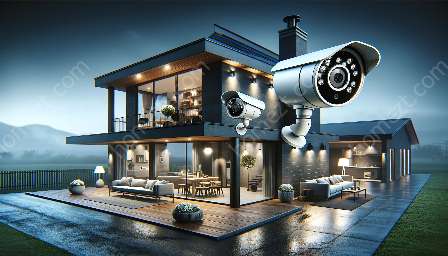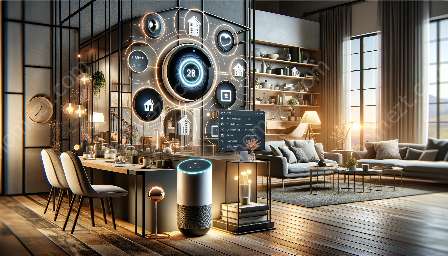Energy management and monitoring are essential components of creating a sustainable and efficient home environment. With advancements in technology, it is now possible to leverage smart solutions and home assistant compatibility to effectively manage and monitor energy usage.
By implementing energy management and monitoring practices in your home, you can not only reduce your environmental impact but also save on utility costs. This comprehensive guide will explore the significance of energy management, the benefits it offers, and the ways in which it can be seamlessly integrated into your home using home assistant technology.
The Importance of Energy Management
Energy management plays a crucial role in conserving resources and minimizing our carbon footprint. It involves the proactive monitoring, control, and conservation of energy in a structured and systematic manner. By understanding how energy is utilized within a home, individuals can make informed decisions to optimize consumption and promote sustainable living.
Benefits of Energy Management and Monitoring
Implementing energy management and monitoring practices brings forth a myriad of advantages for both homeowners and the environment. Some of the key benefits include:
- Cost Savings: By identifying energy inefficiencies and making adjustments, homeowners can significantly reduce their energy bills over time.
- Sustainability: Reduced energy consumption leads to a smaller carbon footprint, contributing to a cleaner and more sustainable environment.
- Increased Awareness: Real-time monitoring allows homeowners to gain insights into their energy usage patterns, facilitating behavior changes that lead to reduced consumption.
- Improved Comfort: Energy management can optimize home systems, enhancing comfort and convenience while minimizing wasted energy.
Integration with Home Assistant
Home assistant technology enables seamless integration of energy management and monitoring solutions into your daily routines. Whether it's controlling smart devices, monitoring energy usage, or automating energy-saving actions, home assistants provide a streamlined way to manage energy within your home.
Moreover, home assistant platforms offer a user-friendly interface, allowing homeowners to access and analyze energy data, set energy-saving schedules, and receive alerts for abnormal energy consumption, all from the convenience of their smartphones or other connected devices.
Smart Solutions for Energy Management
There are numerous smart solutions available to assist in energy management and monitoring within a home environment. Some popular options include:
- Smart Thermostats: These devices allow for precise control of heating and cooling systems, optimizing energy usage based on occupancy and temperature preferences.
- Smart Lighting: Energy-efficient lighting solutions can be integrated with home assistants to schedule and control lighting based on occupancy and natural light levels.
- Energy Monitoring Devices: These devices provide real-time insights into energy usage, enabling homeowners to identify areas for improvement and track their progress over time.
- Appliance Control: Smart plugs and switches can be used to manage the energy consumption of individual appliances, allowing for remote control and scheduling.
Creating an Energy Management Plan
Formulating a comprehensive energy management plan involves several key steps:
- Energy Audit: Begin by assessing your current energy usage patterns and identifying areas of inefficiency.
- Setting Goals: Establish realistic energy-saving goals and targets for your home, considering factors such as lifestyle and living habits.
- Implementation of Solutions: Select and install appropriate smart solutions based on your energy management plan and objectives.
- Continuous Monitoring: Regularly monitor and analyze energy data to track your progress and make adjustments as needed.
Conclusion
Energy management and monitoring are essential elements for creating a sustainable and efficient home environment. With home assistant compatibility, homeowners have access to a range of smart solutions and tools that can be integrated seamlessly to optimize energy usage. By embracing these practices, individuals can not only reduce their environmental impact but also enjoy savings on utility costs while enhancing the comfort and convenience of their home.





















